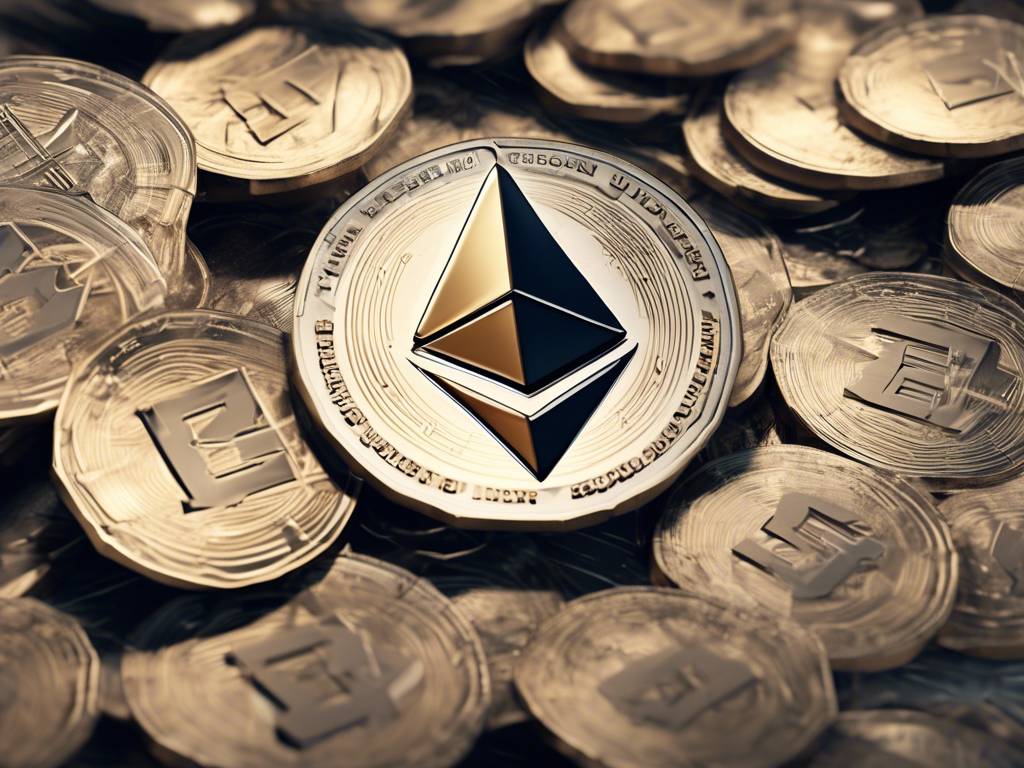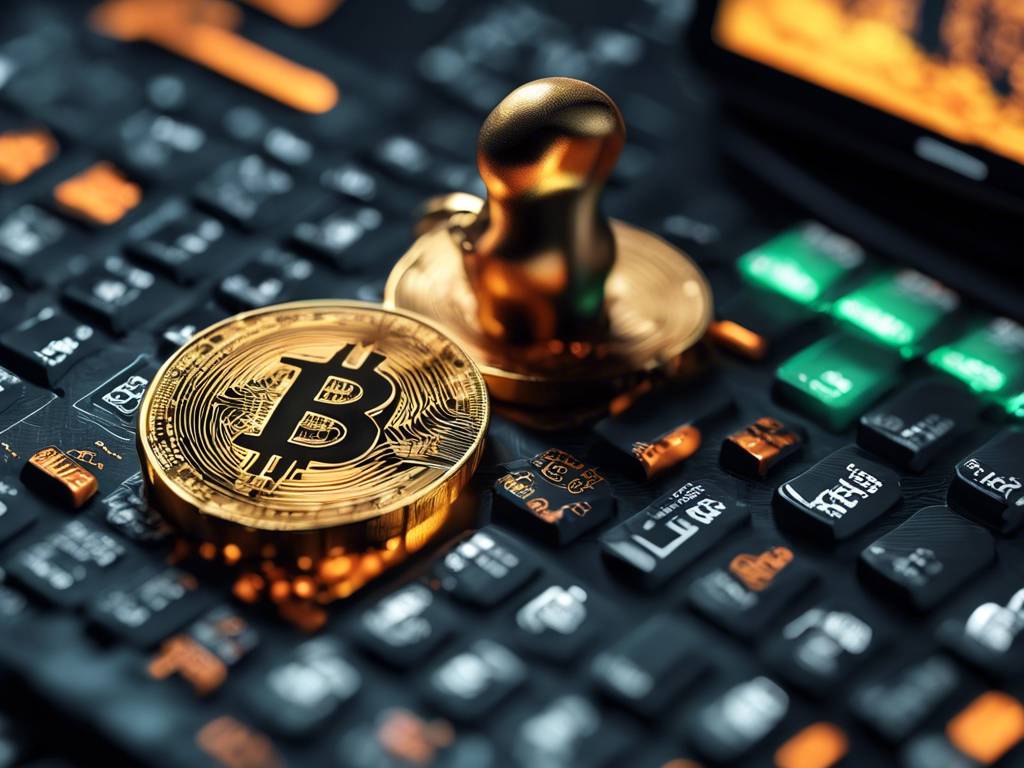Understanding the Impact of Ethereum’s Dencun Upgrade: A Critical Analysis
As a dedicated enthusiast of cryptocurrencies, it is crucial to stay informed about the latest developments in the digital asset space. One of the most significant events that recently unfolded in the Ethereum network is the implementation of the Dencun Upgrade. This upgrade has sparked discussions among analysts and crypto experts about its implications on key aspects of Ethereum, particularly its monetary policy. Let’s delve into a comprehensive analysis of the Dencun Upgrade and its impact on Ethereum’s deflationary narrative.
The Evolution of Gas Fees Post Dencun Upgrade
Analysts have closely monitored the effects of the Dencun Upgrade on Ethereum’s gas fees and transaction processing efficiency. The integration of proto-danksharding in the network has contributed to a more streamlined and cost-effective transaction experience, especially for layer-2 solutions like Arbitrum. This enhancement has not only reduced gas fees for layer-2 transactions but has also improved the overall scalability of the Ethereum mainnet.
– With the successful implementation of the Dencun Upgrade, Ethereum has seen a significant reduction in gas fees for layer-2 solutions
– This has resulted in increased activity on layer-2 platforms such as Arbitrum, Optimism, and Base
– The network’s mainnet scalability has been enhanced, allowing for more transactions with minimal congestion and gas fee spikes
Despite the positive impact of reduced gas fees on layer-2 platforms, an unforeseen consequence has emerged. The decrease in gas fees for layer-2 transactions has led to a lower amount of ETH being burned, resulting in a gradual inflationary trend in Ethereum’s supply.
Unpacking Ethereum’s Shift from Deflationary to Inflationary
Prior to the Dencun Upgrade, Ethereum was on track to becoming a deflationary asset, reinforcing its narrative as “ultra-sound money” akin to bitcoin. The diminishing supply of ETH indicated its potential as a store of value similar to precious metals like gold. However, recent data from CryptoQuant has highlighted a concerning shift in Ethereum’s supply dynamics post-Dencun Upgrade.
– CryptoQuant’s research indicates a structural change in Ethereum’s supply trends, leading to a slower rate of decrease
– This shift raises questions about Ethereum’s potential to remain deflationary in the face of evolving market conditions
– The rapid growth in ETH supply post-Dencun suggests a departure from its previous deflationary trajectory
As Ethereum’s supply continues to grow at an accelerated pace, driven by reduced ETH burning and increased on-chain activity on alternative networks like Solana and Avalanche, the narrative of Ethereum as “ultra-sound money” is being challenged. The network’s ability to maintain its deflationary status is contingent on various factors, including price movements, market dynamics, and network usage.
The Future of Ethereum’s Monetary Policy: An Uncertain Outlook
Going forward, it remains critical for Ethereum stakeholders to closely monitor the network’s supply dynamics and inflationary trends to assess its long-term viability as a store of value and a deflationary asset. The evolving landscape of decentralized finance (DeFi) and layer-2 solutions will also play a pivotal role in shaping Ethereum’s monetary policy and its narrative within the broader cryptocurrency ecosystem.
Hot Take:
The Future of Ethereum’s Deflationary Narrative: A Closer Look
Dear Crypto Enthusiast, it is crucial to analyze and understand the implications of Ethereum’s Dencun Upgrade on its monetary policy and deflationary narrative. With the network’s supply dynamics undergoing a significant shift post-Dencun, Ethereum’s status as “ultra-sound money” faces new challenges. Stay informed and engaged with the latest developments in the crypto space to navigate these evolving trends effectively.





 By
By
 By
By

 By
By
